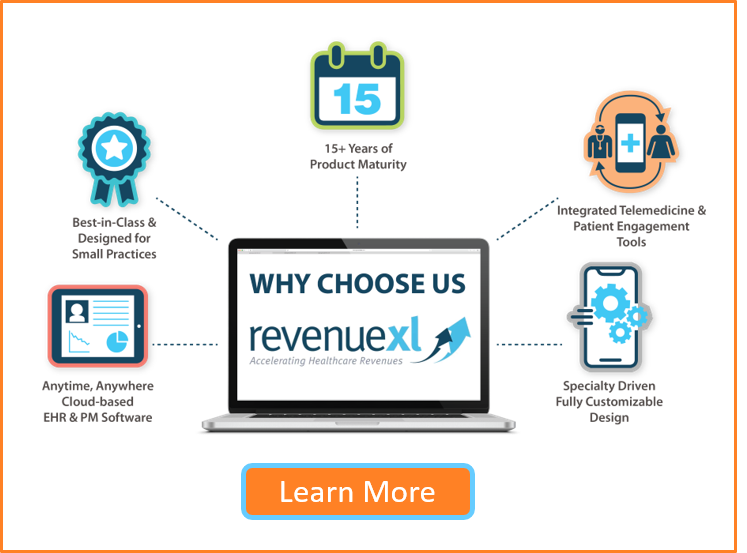Introduction: The Shift Toward Data-driven Pricing in Healthcare
Healthcare pricing has traditionally been static, with providers relying on predefined fee schedules and contract rates. However, the complexity of payer reimbursements, shifting regulations, and unpredictable claim adjudications make fixed pricing models inefficient. Many providers face revenue leakage due to underbilling, payer rate variability, and unexpected denials.
Dynamic pricing models, powered by AI and real-time payer behavior analysis, are transforming revenue cycle management (RCM). By leveraging predictive analytics, healthcare organizations can optimize pricing strategies, adjust billing based on real-time reimbursement trends, and maximize revenue while maintaining compliance.
Learn how technology transforms RCM through AI and automation: Read more
The Role of Dynamic Pricing in Revenue Cycle Management
Static pricing models fail to account for fluctuations in payer reimbursement rates, policy updates, and claim processing behaviors. Dynamic pricing models address these challenges by continuously adjusting pricing based on real-time data.
With real-time analytics, healthcare providers can:
-
Adjust charges dynamically to align with current payer reimbursement trends
-
Prevent underpayments and maximize claim approvals
-
Optimize out-of-pocket costs for patients while ensuring revenue integrity
-
Reduce denials by proactively aligning pricing with payer policies
Explore more about AI and automation in EHR platforms: Read more
How Dynamic Pricing Works
Real-Time Reimbursement Rate Monitoring
AI-driven systems track reimbursement rates for services across different payers. By continuously analyzing claim data and payment trends, these systems recommend pricing adjustments to maximize revenue.
-
Identifies under-reimbursed procedures and suggests price modifications
-
Adapts pricing based on payer-specific claim adjudication trends
-
Ensures providers receive the highest allowable reimbursement
AI-Powered Charge Optimization
Using historical claim data and predictive analytics, AI determines optimal charge rates that increase reimbursement potential while remaining compliant with contractual obligations.
-
Flags services consistently underpaid by specific insurers
-
Suggests alternative coding strategies or service bundling for better reimbursements
-
Identifies revenue opportunities by analyzing payer-specific reimbursement gaps
A multispecialty clinic used dynamic pricing models to analyze payer trends and saw a 15% increase in net revenue within a year.
Related resource: What is medical billing and how it impacts practice revenue
Dynamic Patient Pricing for Out-of-Pocket Costs
Beyond insurance reimbursements, dynamic pricing also benefits self-pay patients and those with high-deductible plans. AI-driven patient pricing models:
-
Adjust self-pay rates based on financial need and market benchmarks
-
Recommend optimal payment plans to improve patient affordability
-
Reduce patient bad debt by proactively aligning pricing with payment capabilities
By personalizing pricing strategies, providers enhance patient satisfaction while reducing revenue loss from unpaid balances.
Ensuring Compliance with Dynamic Pricing
While dynamic pricing offers revenue optimization, it must align with regulatory standards, payer contracts, and ethical billing practices.
Key Compliance Considerations:
-
Ensuring charges do not exceed contractually allowed rates
-
Maintaining transparency in patient pricing and financial responsibility
-
Aligning adjustments with anti-fraud and abuse regulations
-
Documenting AI-driven pricing decisions for audit purposes
Overcoming Challenges in Implementing Dynamic Pricing
While dynamic pricing can significantly improve revenue, implementation challenges exist:
-
Data Integration: Requires seamless connection with EHR, billing, and payer databases
-
Change Management: Staff must be trained to interpret and implement AI-driven pricing recommendations
-
Regulatory Oversight: Providers must ensure AI-based price adjustments comply with legal and ethical standards
Conclusion: The Future of Dynamic Pricing in Healthcare
Dynamic pricing models are redefining how healthcare providers optimize revenue while maintaining compliance and patient affordability. By shifting from static fee schedules to data-driven pricing adjustments, providers can:
-
Maximize payer reimbursements and reduce underpayments
-
Improve claim approval rates by aligning charges with real-time trends
-
Enhance patient affordability with adaptive self-pay pricing
As AI and predictive analytics continue to evolve, dynamic pricing will become an essential tool in revenue cycle management.
Next Steps
-
Explore more about innovative RCM strategies: Read more
-
Learn more about AI in revenue cycle management: Read more
-
Learn how AI-powered pricing optimization can improve revenue cycle efficiency – Contact us today.






